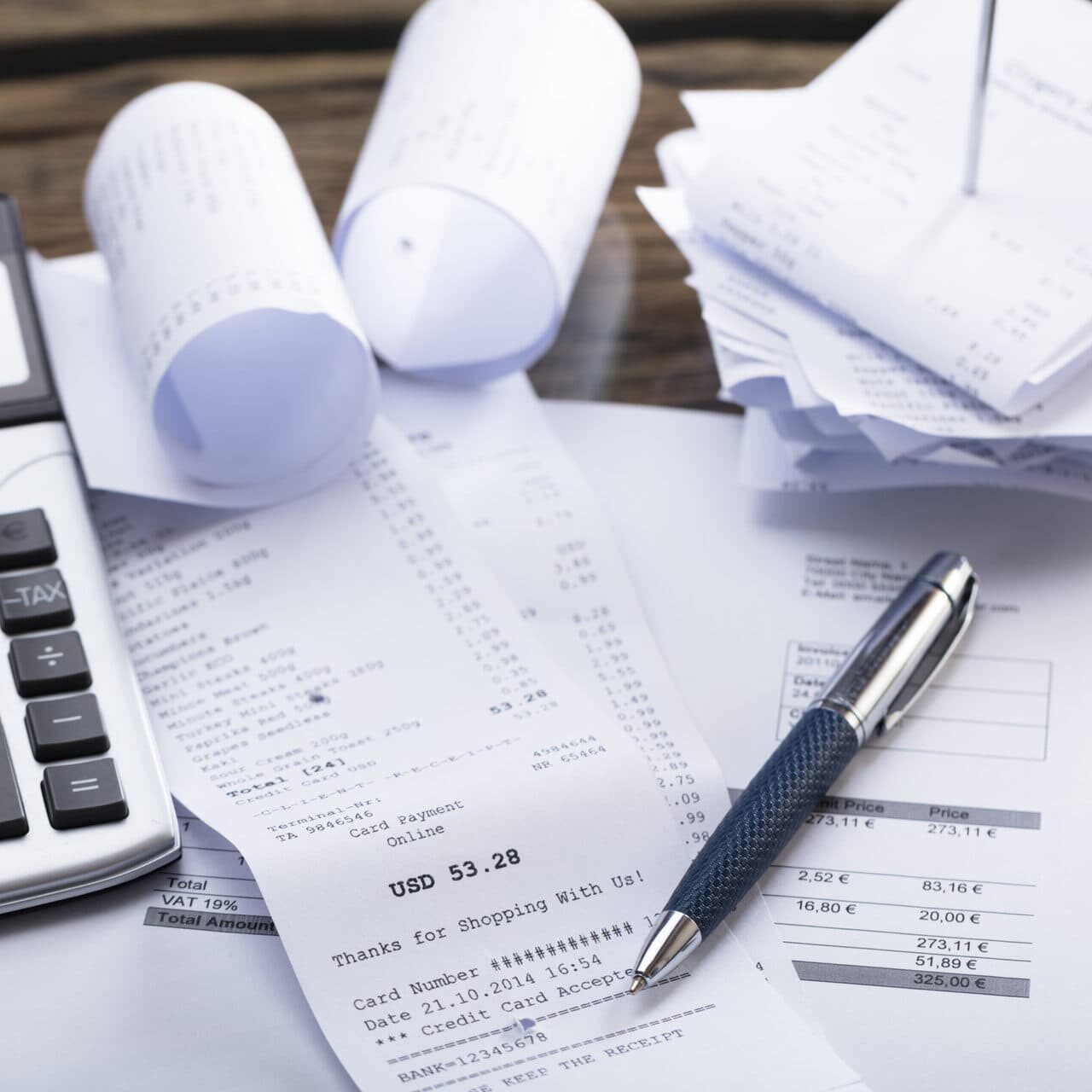For the most part, Level 1s are paper-ists: using petty cash to pay for both small and large expenses and keeping paper receipts for every transaction. In fact, they may have a designated “receipt box” in the office. Organization at this level is challenging, but Level 1s try to make the best of what they have.

Because they use liquid capital, $10 and $20 bills are stowed in a desk drawer to pay for office supplies, mailings, or pizza for the crew. At the end of the year, someone sifts through a pile of receipts—and possibly even pay stubs for contract workers—and hopes everything is accounted for.

Level 1s are concerned about capturing and deducting every expense, and rightfully so. But this process eats up time that could be spent analyzing spending. Level 1s are left wondering just how much money is going to office expenses, how much those staff lunches are adding up to, and whether they are missing any potential areas for tax deductions.

If you’re a Level 1, gradually shifting into more digital methods for expense tracking can help free up time and make for more accurate spending logs at the end of the year. Your move from paper to digital can help reduce mistakes, potentially lower tax liability, provide insightful metrics, and free up time all through the year—time that can be used to be more productive, grow, and spend more wisely.
Here are two tips to help you get started:
Moderately modernize
Start off easy with some light modernization tools that can keep track of expenses. If Quickbooks feels like it’s too much, Excel is a good place to start tracking your expenses. When receipts come in, get into the habit of documenting them in Excel and snapping a photo with your phone. Keep pictures of receipts in their own album either on your phone or your computer so you have access to them at all times.
At the end of the year, you’ll be able to scroll through one spreadsheet rather than sift through a pile of receipts to calculate and categorize yearly expenses. Once you get comfortable with Excel, you can go one step further and look into accounting software to do even more of the heavy lifting for you.
Get a handle on your expenses
Modern tracking makes it easier and faster to review activity at the end of each month. And rather than a year-end (often unpleasant) surprise of what’s been happening over the last 12 months, now you have the capability each month to sort data by person, department, or any other field in your system—and gain some insight into where your money is going.
